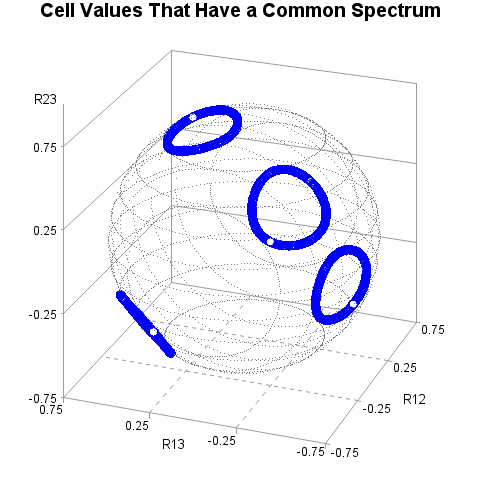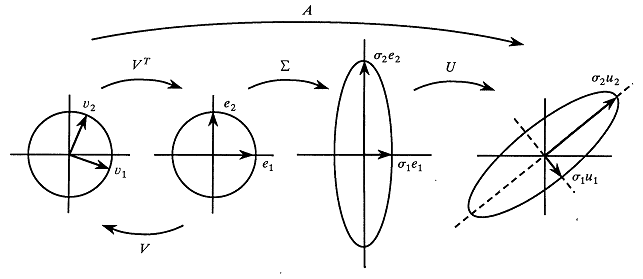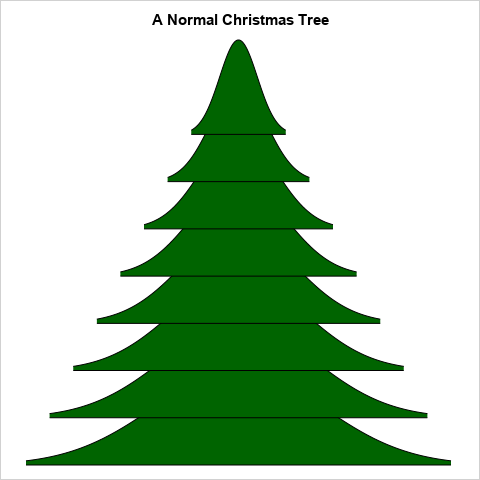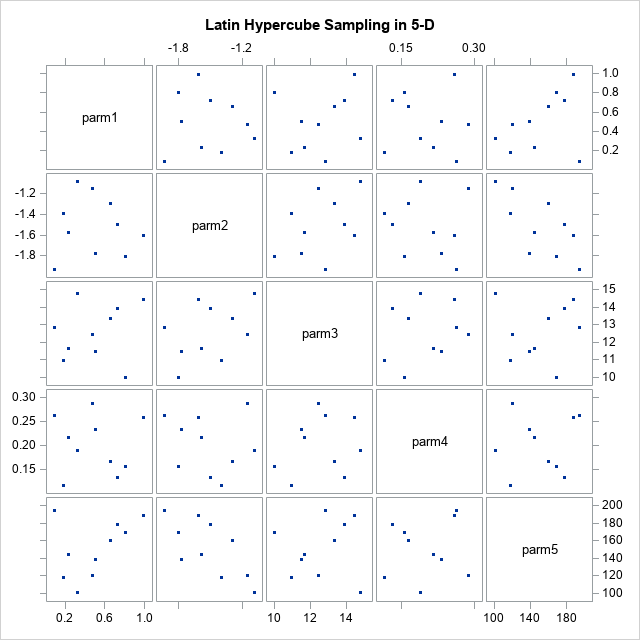
This article shows how to use SAS to implement the ISO algorithm to generate (and validate) a Universal Loan Identifier (ULI). A ULI is a long string of numbers and letters that serves as a unique identifier that is used for certain financial transactions. The ISO standard ensures that banks






























